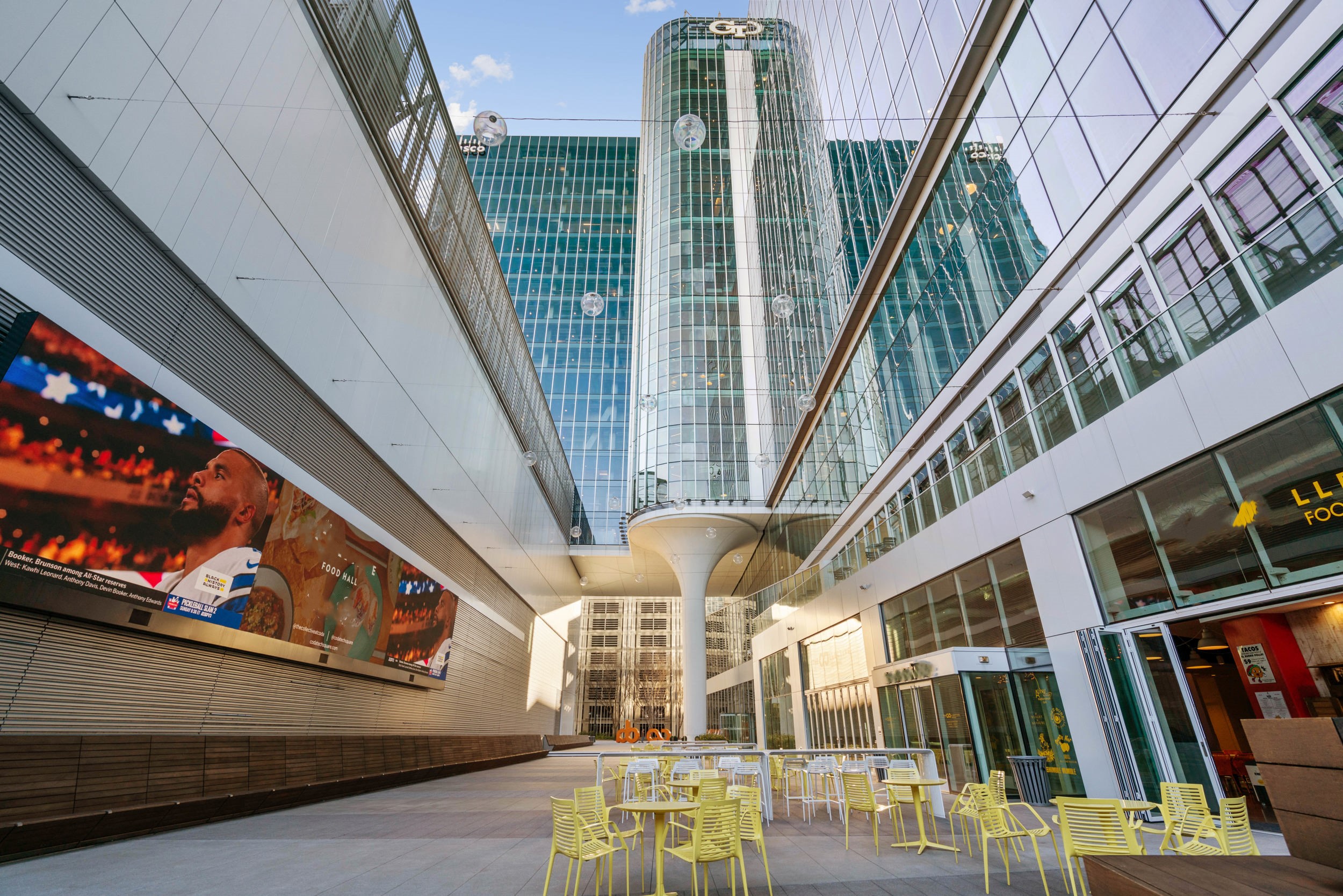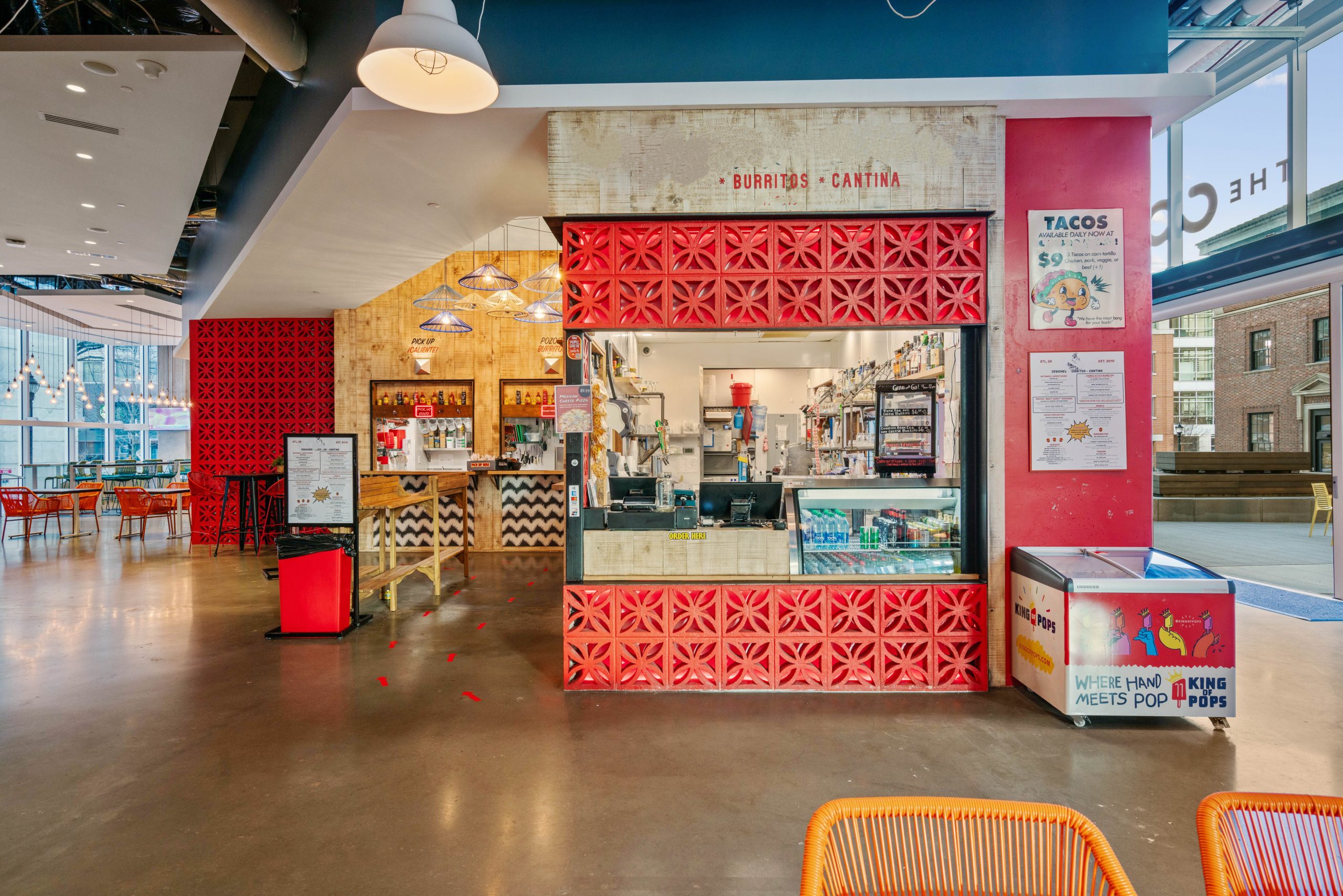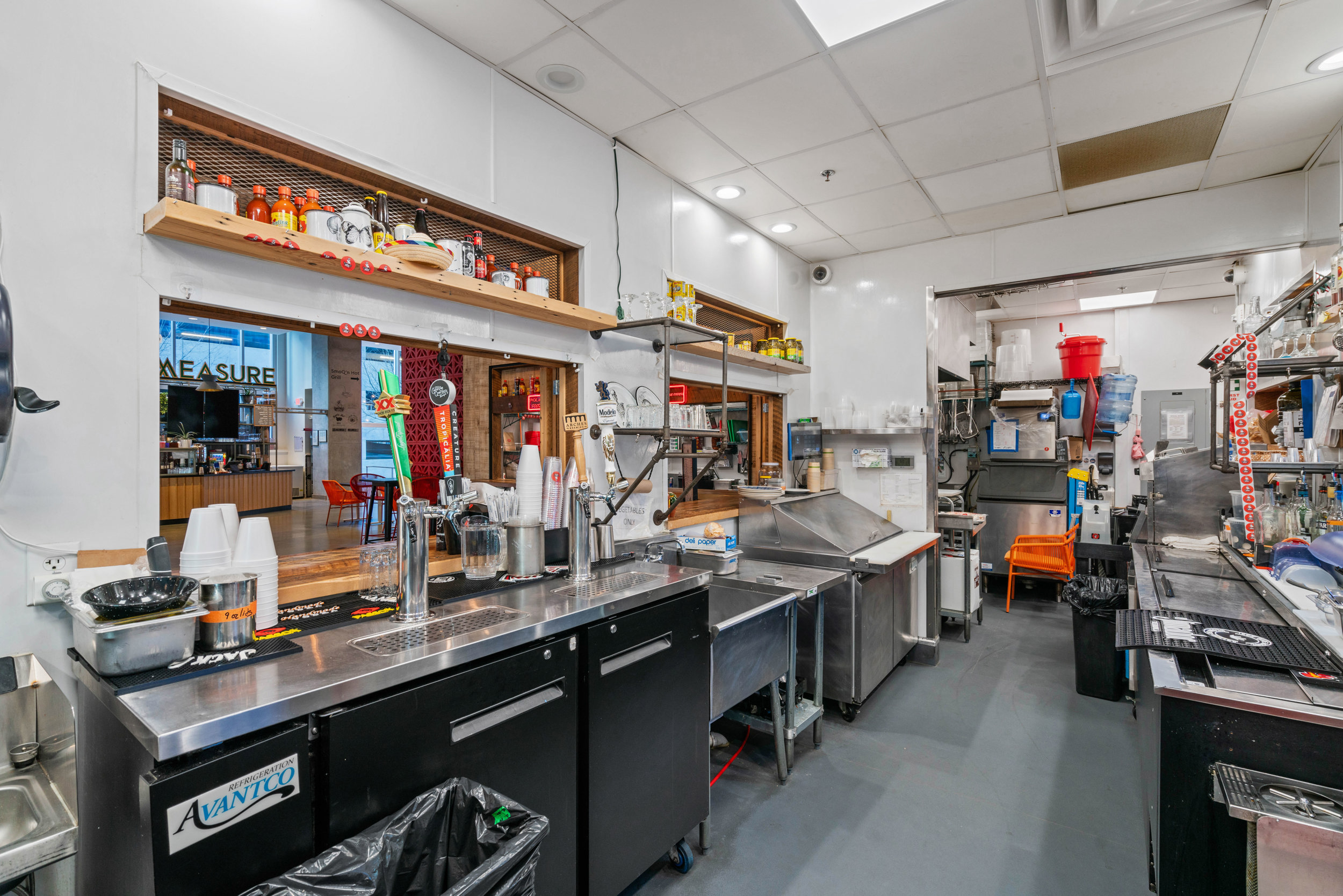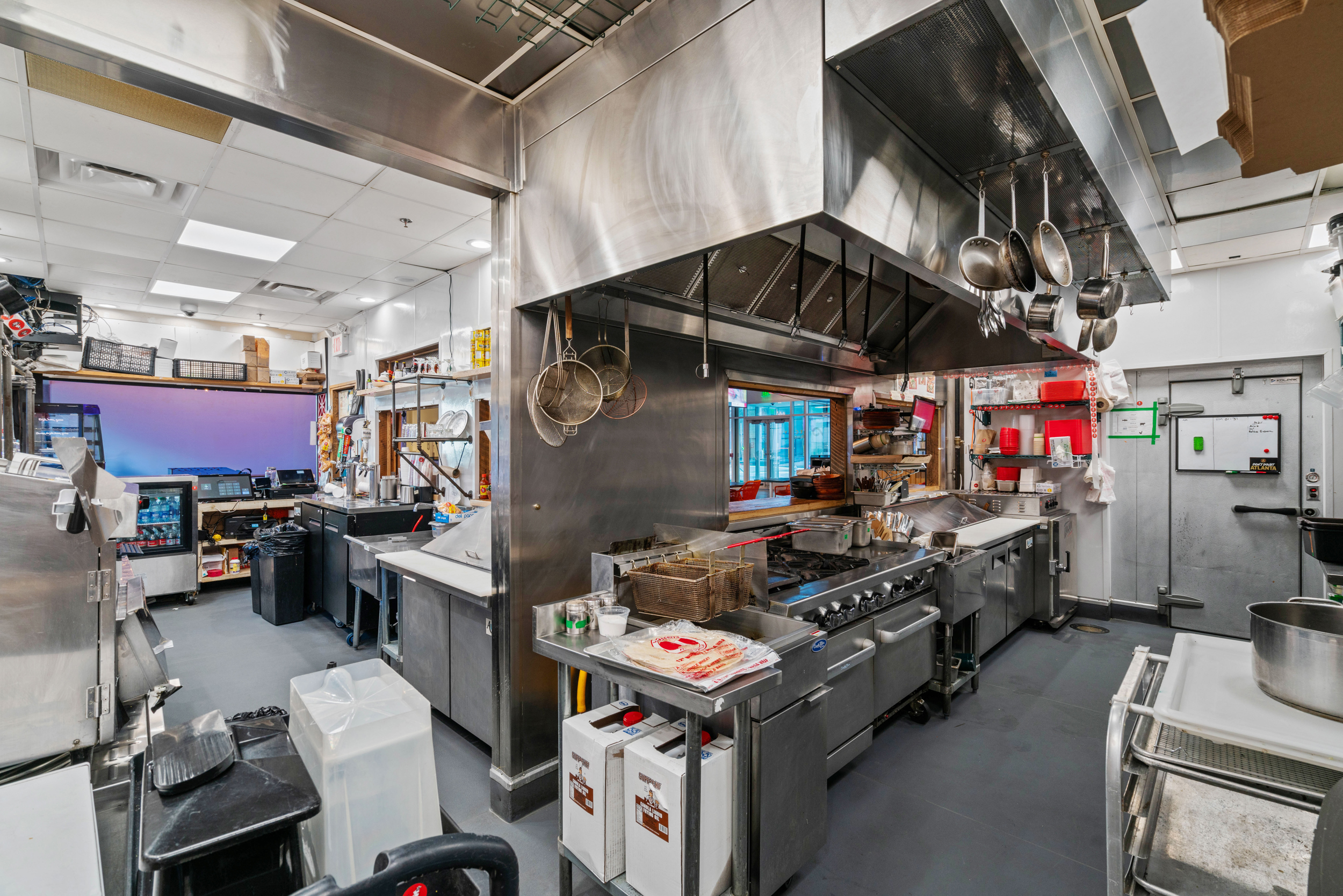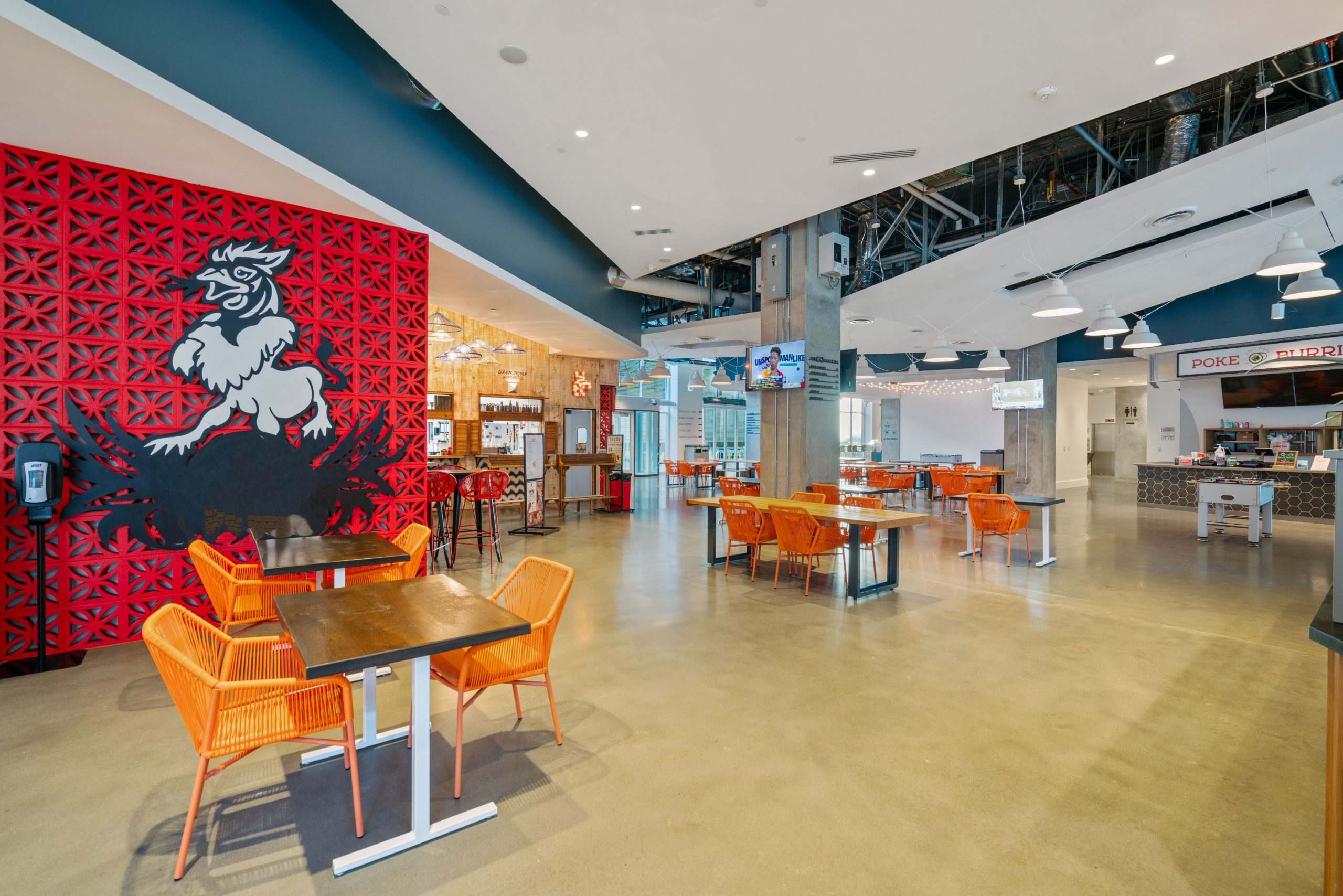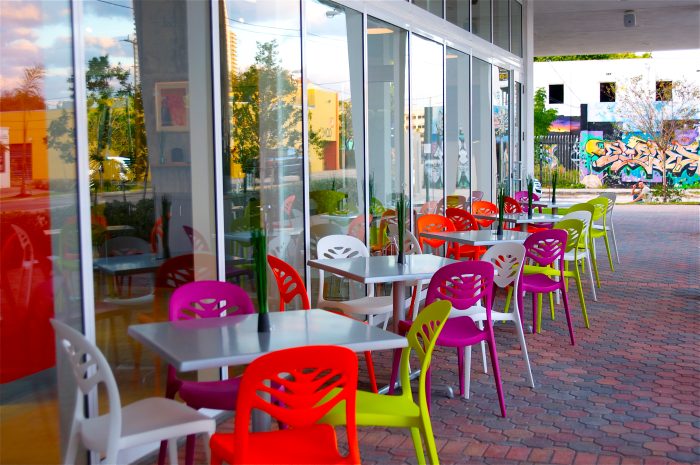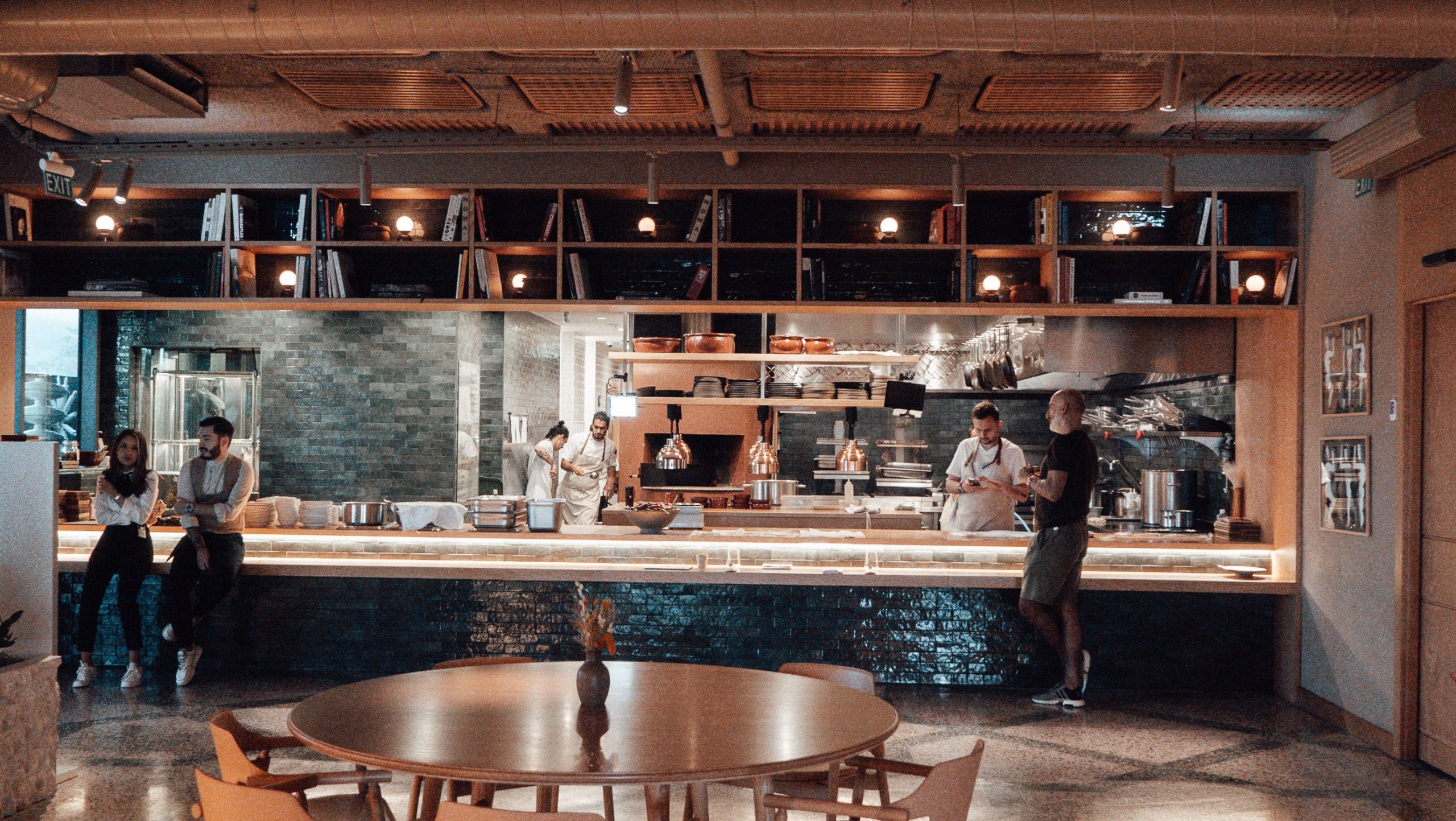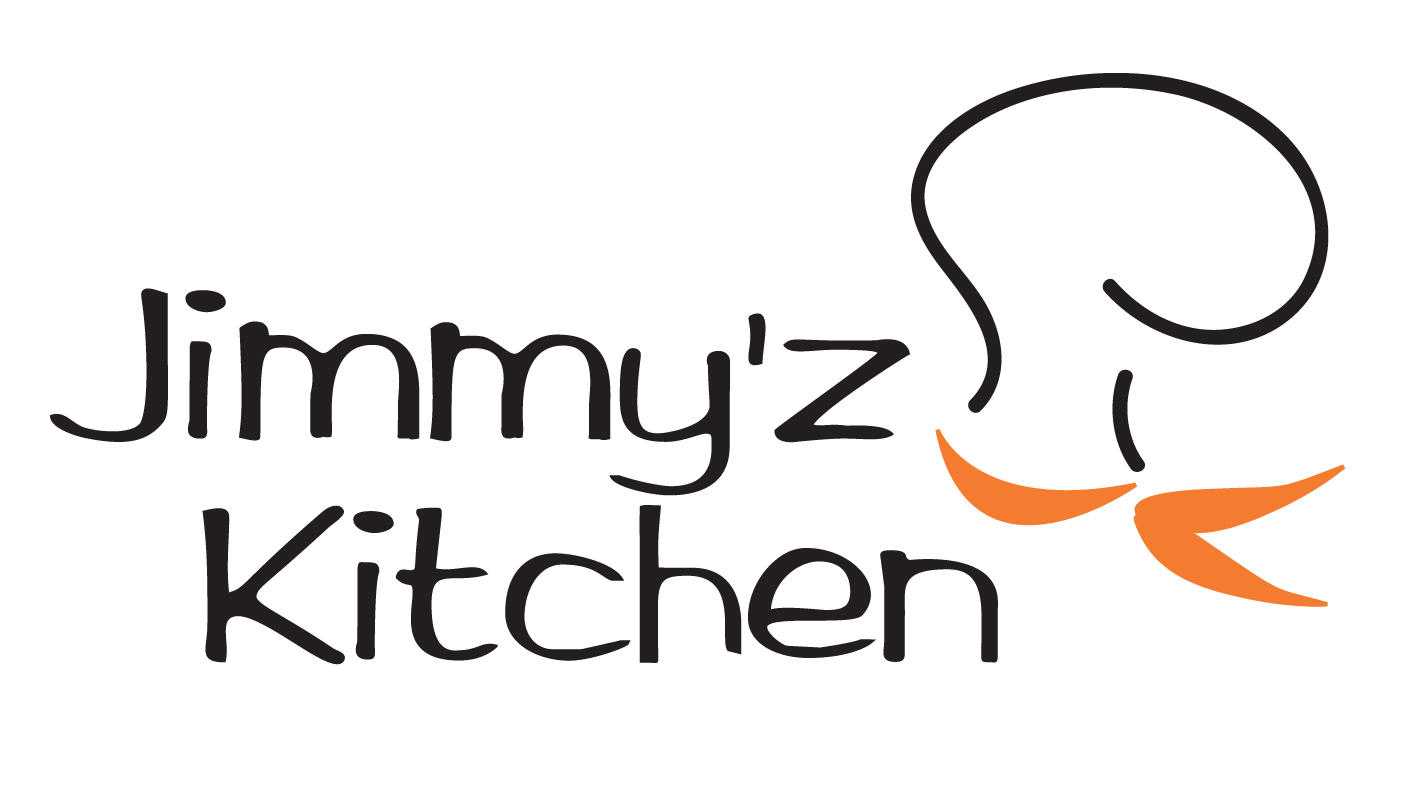Crafting Success: How Expert Restaurant Brokers Translate Your Vision into Reality
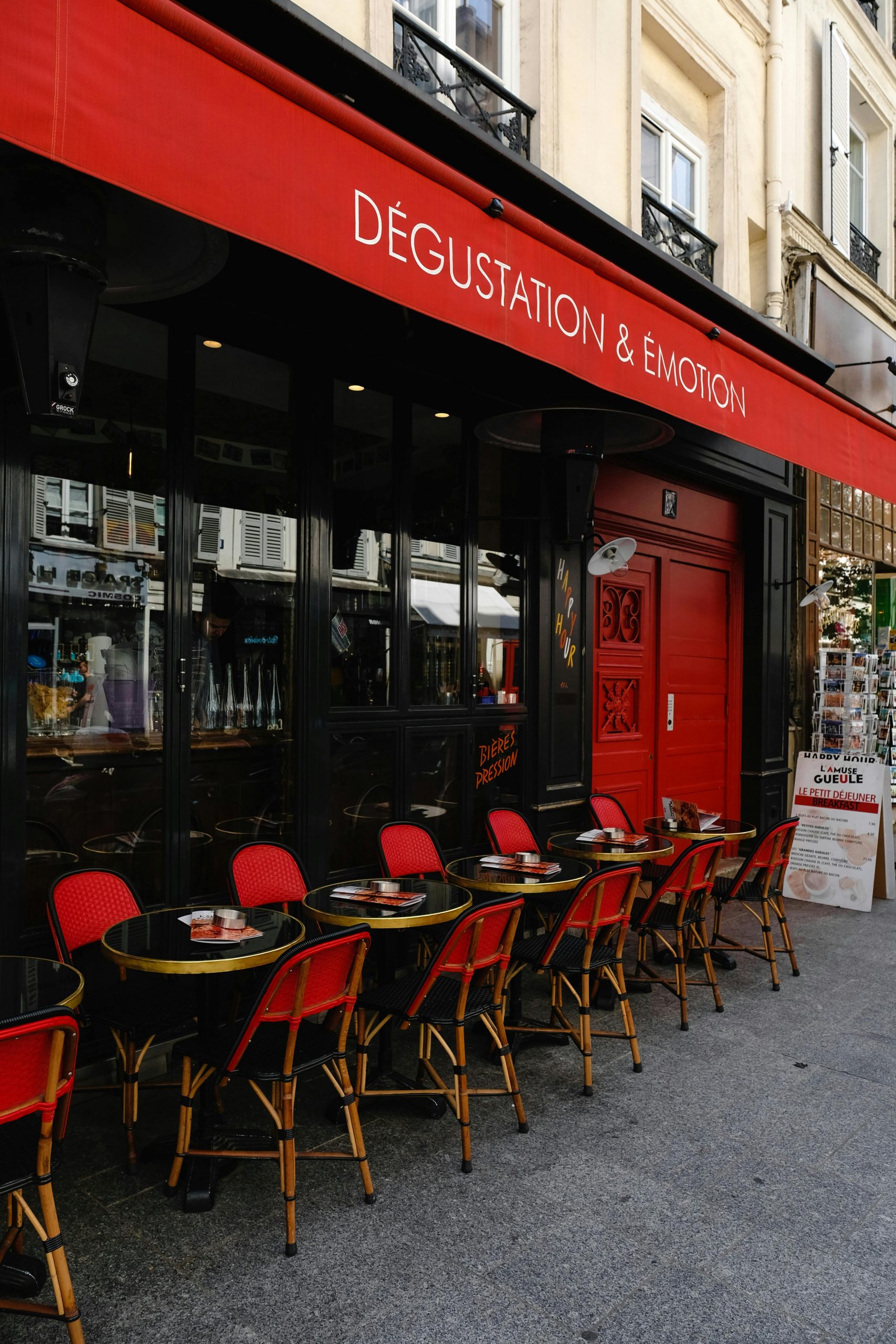
Understanding Client Goals and Concepts in Restaurant Brokerage is a critical aspect that underpins the success of any restaurant leasing or purchasing transaction. This Client & Broker connection goes beyond the surface level of business transactions and delves into a partnership rooted in mutual understanding, trust, and shared objectives.
The importance of a restaurant brokers having a clear understanding of the client’s restaurant concept cannot be overstated. This understanding is crucial for several reasons, primarily because it directly influences the broker’s ability to locate the ideal space that aligns with the client’s vision, operational needs, and customer experience goals.
Establishing Trust through Empathy and Expertise
The foundation of a strong Client & Broker connection relationship is trust, which is built over time through consistent demonstrations of empathy, understanding, and expertise. Brokers who take the time to truly listen to their clients, understanding not just their business needs but also their anxieties, aspirations, and motivations, are better positioned to serve those clients effectively. This empathetic approach, combined with a broker’s expert knowledge of the market and the restaurant industry, reassures clients that they are in capable hands.
Tailored Strategies for Unique Business Models
No two restaurants are the same, and each comes with its own set of goals, challenges, and market opportunities. A deep understanding of a client’s business model is crucial for developing a customized brokerage strategy. This might involve identifying a location with the right demographic appeal, negotiating lease terms that accommodate future growth, or advising on the timing of the market entry. By aligning the brokerage strategy with the client’s specific business goals and concept, brokers can provide invaluable support that goes beyond the transactional and into strategic business advising.
Understanding Client Goals
In the realm of restaurant brokerage, each client comes with a unique set of goals, aspirations, and constraints. Whether it’s maximizing the sale price of an existing establishment or finding the ideal location for a new venture, understanding, and aligning with the client’s goals is essential for brokerage success.
For sellers, the primary goal may be to secure a lucrative deal within a specified timeframe while ensuring a smooth transition of ownership. Brokers must meticulously evaluate market conditions, assess property value, and devise effective marketing strategies to attract qualified buyers. By understanding the seller’s motivations and desired outcomes, brokers can tailor their approach to meet and exceed expectations in restaurants for sale.
For buyers, the goal may revolve around finding a property that aligns with their culinary vision, budget, and target market. Whether it’s a trendy downtown bistro or a cozy café in a bustling neighborhood, brokers must actively collaborate with buyers to identify properties that match their criteria. This involves conducting thorough property inspections, analyzing financial projections, and negotiating favorable terms on behalf of the client.
Conceptual Understanding in Restaurant Brokerage
In addition to understanding client goals, successful restaurant brokerage hinges on a deep understanding of culinary concepts and industry trends. Unlike traditional commercial properties, restaurants and food establishments possess unique characteristics that require specialized knowledge and expertise.
From menu development to kitchen layout and operational logistics, brokers must possess a nuanced understanding of the intricacies involved in restaurant operations. This includes familiarity with zoning regulations, health code requirements, and liquor licensing procedures, among other considerations. By staying abreast of emerging culinary trends and market dynamics, brokers can provide valuable insights and guidance to clients, helping them make informed decisions that align with their vision and objectives.
Moreover, brokers with firsthand experience in the restaurant industry bring a wealth of practical knowledge to the table. Drawing on their expertise as former restaurant owners or industry professionals, these brokers offer invaluable advice and perspective that resonates with clients. This shared understanding fosters trust and confidence, laying the groundwork for a collaborative and productive client-broker relationship.
Tailored Property Selection
Each restaurant has a distinct concept that requires a specific type of space to flourish. A broker’s grasp of this concept is essential in identifying properties that align with the client’s vision, whether it’s a cozy bistro, a high-end fine dining establishment, or a fast-paced fast-food outlet. The ambiance, size, location, kitchen layout, and even the frontage are all influenced by the restaurant’s concept and target demographic. A broker attuned to these needs can effectively filter out unsuitable properties, saving time and focusing on locations that have the potential to transform the client’s vision into reality.
Strategic Lease Negotiation
Understanding a client’s goals allows for strategic lease negotiations that support the restaurant’s long-term success. This might involve negotiating for tenant improvements that suit the restaurant’s unique design needs, ensuring the lease term provides stability or flexibility as required, or securing options that align with the business’s growth plans. For example, a startup restaurant might prioritize lease terms that allow for scalability, while an established chain may focus on securing locations with terms that support sustained long-term operations.
Enhancing Brand Alignment
The location and physical aspects of a restaurant play a significant role in brand perception. A broker who comprehensively understands the client’s brand and concept can ensure that the chosen property reinforces the restaurant’s brand identity. This could influence various decisions, from the selection of a site in an area that aligns with the brand’s image to advocating for signage rights that enhance brand visibility.
Facilitating Operational Success
The operational needs of a restaurant are intricately tied to its concept. A broker with a deep understanding of the client’s operational model can seek out properties that accommodate these needs efficiently, whether it’s a drive-thru for a fast-food joint, a layout that supports an open kitchen concept, or a location that can support heavy footfall for a casual dining establishment. This ensures that the restaurant not only fits the owner’s vision but is also set up for operational efficiency and customer satisfaction.
Risk Mitigation
A thorough understanding of a client’s business model and objectives enables the broker to foresee and mitigate potential risks. This could include advising on locations with the right zoning, understanding the implications of local market trends on the restaurant’s concept, or ensuring that the lease terms do not expose the client to undue financial stress. This proactive approach to risk management is crucial in ensuring the restaurant’s enduring success and stability.
Negotiating Fit-for-Purpose Leases
Lease negotiations go beyond just the cost of rent. They encompass various terms that need to be tailored to suit the restaurant’s concept. This includes fit-out clauses, permissions for signage, options for future expansion or renovation, and understanding the implications of zoning laws. A broker who clearly understands the restaurant’s concept can negotiate lease terms that provide the flexibility and security the business needs to grow and adapt within its space.
Long-term Partnership Beyond Transactions
The relationship between a Client & Broker connection often extends beyond a single lease or purchase transaction. Understanding a client’s long-term vision and being committed to their ongoing success can transform a one-time deal into a lasting professional partnership. This long-term perspective means brokers are invested in their clients’ continuous growth and adaptation, offering insights, advice, and market intelligence that support the client’s evolving business needs over time.
Cultural and Conceptual Synergy
Finally, understanding the client’s goals and concepts allows brokers to appreciate the cultural and conceptual nuances that define the restaurant’s brand and customer experience. This synergy between broker and client ensures that every recommended property and negotiated term reflects and enhances the unique identity and ambiance of the restaurant, contributing to its market differentiation and customer appeal.
In summary, the Client & Broker connection between client and broker in the context of restaurant brokerage is fundamentally about understanding and aligning with the client’s goals and concepts. It’s a partnership that demands more than just market knowledge and negotiation skills; it requires a commitment to the client’s vision, an ongoing dedication to their business’s success, and a comprehensive, nuanced approach to service that recognizes the unique challenges and opportunities of the restaurant industry.
At Jimmy Carey Commercial Real Estate, we recognize the critical role that understanding client goals and concepts plays in achieving successful outcomes. Our approach is rooted in empathy, expertise, and a commitment to our clients’ long-term success. By taking the time to truly listen to our clients and understand their unique aspirations and challenges, we’re able to develop tailored strategies that address their specific needs and objectives.
From identifying the perfect location of a restaurant space for lease that aligns with the client’s vision to negotiating lease terms that support their long-term growth, we’re dedicated to providing unparalleled service and support every step of the way. Our deep understanding of the restaurant industry, combined with our strategic negotiation skills and market expertise, ensures that our clients achieve the best possible outcomes for their businesses.
When you choose Jimmy Carey Commercial Real Estate, you’re not just getting a broker; you’re getting a trusted partner who is invested in your success. Whether you have a restaurant for sale business, second generation restaurant in Atlanta or seeking a restaurant space for lease, we’re here to guide you through the process with integrity, professionalism, and a relentless commitment to achieving your goals. The Client & Broker connection is an integral part of the culture at Jimmy Carey Commercial Real Estate.

 Facebook
Facebook
 X
X
 Pinterest
Pinterest
 Copy Link
Copy Link




